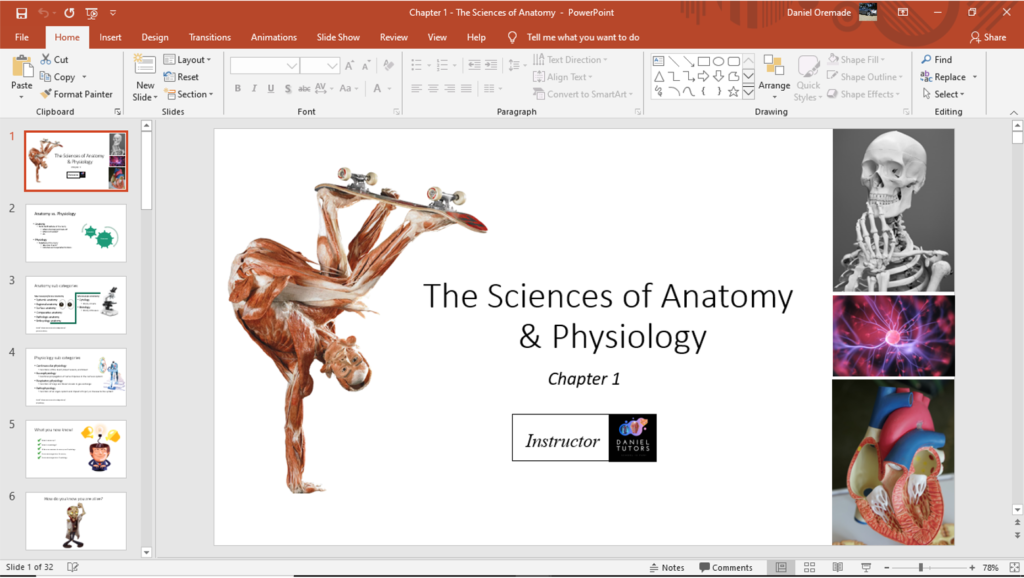
Tricks to making an A in your college courses
I hope you didn’t get tricked by the title of this article. You need to be ready to put the work in any class to earn an A. As a college professor, I don’t give students their grade; they earn it! That being said, the purpose of this article is to educate you on things that could help facilitate, and make getting an A in any class you take easier.
There are 7 steps I believe if you follow diligently can help you get an A in all your college classes. These steps are divided into what you do Before class, During Class, and After Class.
Before Class
Most college classes will have their syllabus up even before the first day of class. You definitely want to peruse over it before going to class. For each of the chapters you will be covering in class, make sure you do the following before attending the live lecture for that chapter in class.
- Watch a video before the live lecture.
With so many videos (both paid and free) available online, you most likely have a video that has covered the material your instructor is about to cover in class. The goal of watching the video isn’t to master the material, but to get your feet wet. You can watch the video while cooking, LISTEN to the audio while driving, or even while in the restroom (TMI?). Just find what works for you, and watch the videos to have a general concept of what the material is about.
2. Study Instructor’s Slides
Most instructors will provide a powerpoint slide they use to teach in class on Blackboard, Canvas or whichever platform they use to provide students information. If your instructor does not have one, you can always ask! I personally like to make available all my powerpoint slides for the entire semester available for my students from the very first day of class. Now your part is to study the slides. Yes, I mean it! A good 85% if not more, of the material you are tested on in each chapter is already in these slides. Getting familiar with them before your live lecture allows you to catch on the area of emphasis by your instructor. In a way, you could say this is a pre-review to your tests in the class. With this, you know you are up to a good start.
3. Read textbook and quiz yourself

Okay, this is a dead giveaway. If there is a required text, please read it. I have heard students complain about some of their professors quizzing them on materials that were not covered in class (disclaimer: not my style). But it’s hard for them to argue the material was not covered in the required textbook. Some classes even have audio books now, so no excuses. I always recommend reading, and finding a way to link what you have read with everyday life. For example, when I teach my students about axillary as an anatomical terminology relating to armpit, I link it up with axe spray (I know I need it). When you read your required text, make sure you quiz yourself. While reading, ask yourself ways the material you are learning can be tested. You will be surprised how similar some of the questions you come up with will be to your actual class quiz and test questions.
During Class
So you are well equipped for your live lecture (either traditional classroom setting or online) once you complete the first 3 steps. Now it’s time for your live exchange of information between great minds (you and your professor)!
There are two main things to do during class to make an A in your course: Be seen, and heard!
4. Be where you can be seen
Each of my classes average about 48 students in a classroom. Of course in a lab setting, the number decreases, and I have had training where my class was over 100 participants (I had to break them down to groups). My recommendation for students is to sit as close to the front of the class when they can. This will mean get to class early! For online classes, try to log in, get to virtual classroom a few minutes before the session begins. I know some students are shy and want to sit at the back of the class. If you are one of those students, this is another reason to sit in the very front of the class. Think of it as just you and the instructor. You paid for this class, and you can’t afford unnecessary distractions.
5. Ask and answer questions

You have watched videos, reviewed slides, read textbook, and quizzed yourself. Oh, now you are sitting in front ready to go! Most instructors like to ask questions. It’s a way of ensuring students are following along. I even go as far as having Jeopardy sessions in class. So this is your time to shine! Answer questions you know the answer to, ask questions on things you are unsure of, and need clarification. Besides putting you on the teacher’s good radar, this process helps solidify your knowledge of the material and boost your confidence level (a requirement for success!)
Some instructors are really good at learning about all their students. Some instructors (myself included) only learn your name on paper except you stand out in class. Sitting in front of class, showing up early, and participating by answering ans asking questions will put you on this radar. One big advantage of being on your teacher’s good radar is the human bias. I am as fair as possible when grading students, but when they are so close to an A (89.4%), and hope I will offer an extra credit opportunity it is easier to make a decision when I know the student has been putting tons of effort, and stands out as a good student.
After Class
By now, you should be able to comfortable get at least 90% on any quiz or test on the material covered in class. But some of these new update to your brain are stored as short term memory, so it is important for you to commit them to long term memory. To do so, you have to review and teach it after class!
6. Review material (Online quizzes etc.)

There are tons of quiz materials online. Some are available with courses here on AssignmentMe, and your textbook should include some test materials. All you need to do is search to find materials that test your knowledge of the material you now know. The more you take practice quizzes and tests, the more you know your weak points and review them to get a better grasp of the material. At this point, you know you can always have a good night sleep before any test in your class, and wake up with a confidence level that says, “I am going to kick this test’s behind!”
7. Study groups (optional)

Joining a study group is the icing on the cake. I have seen many students go to study groups without having read the material for the test. This is not a good strategy. However in your case, since you have followed the first 6 steps, a study group allows you to confirm and show off your mastery level (expert). Your goal in the study group with your classmates is in two folds. The first part is you teaching others the materials they struggle with (only right as an expert). The second part is you learning things you might have missed during class from your classmates (potential fellow experts). Overall, when done right, this will be a setting where you have fun doing something that will make you earn your A in the class!
So what are you waiting for? Start applying these steps today and have fun learning!
These steps were adapted from my 7 tips to making an A in Anatomy & Physiology I course. See video below:










